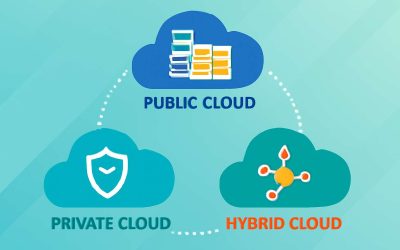
Cloud computing architecture is the layout and connections of all components and technologies that make up a cloud computing system. It translates business requirements into the appropriate technology to achieve those goals. It also helps to ensure that a cloud computing system is reliable and provides scalability to meet business demands. Having the right cloud architecture in place will enable a company to reap many benefits compared to on-premise systems, from improved agility and scalability to cost efficiency.
The architecture of a cloud computing system consists of multiple layers, each performing a unique task. The front-end of a cloud computing system determines how the end-user interacts with the software. This includes things like local networks, Web browsers and web applications. The front-end can be further divided into hardware and software architecture. The hardware architecture consists of items like CPUs, motherboards and graphics cards. The software architecture, on the other hand, consists of the programs that a person runs in his or her computer to connect with the cloud platform.
To manage these front-end interfaces, a company will use a piece of software called the client management layer (CLM). The CLM is responsible for managing the connections between a cloud’s front-end and back-end architecture. The CLM will first consult the service catalog before processing requests for resources. This step is important because it determines the types of services available in a cloud and how much they will cost to use.
Behind the scenes, there is a back-end that manages all of a cloud’s processes. The back-end consists of the server that is running the program, as well as the storage devices where all of the data that is being processed or stored will be kept. These servers will run a variety of programs to perform specific tasks such as processing or storing information. The back-end will also keep backups of all data so that it can be accessed in case of an emergency.
Another important part of a cloud computing system is its network security infrastructure. This is designed to prevent unauthorized access and protect sensitive data from hackers. It also includes tools that will identify vulnerabilities and provide alerts to administrators when an incident occurs. To create a secure cloud environment, a company will need to choose the best hardware and software for their specific needs. This may include off-the-shelf components that are scalable to grow as a business grows, such as a high-performance processor and memory.
There are three main cloud delivery models: Infrastructure as a service (IaaS), Platform as a service (PaaS) and Software as a service (SaaS). Each model has its own advantages and disadvantages. For example, IaaS provides on-demand access to bare hardware such as virtual and non-virtual servers, storage and data center space which can be used to host a wide range of software platforms. This model is often favored by companies that need to deploy applications rapidly. On the other hand, PaaS offers a complete development and deployment environment for application creation.



0 Comments